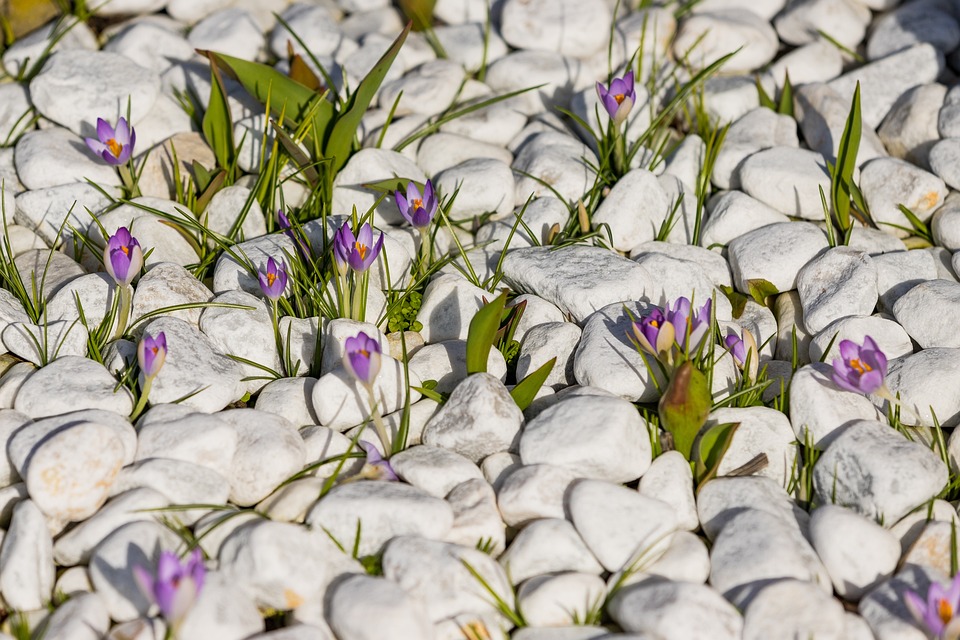Title: Fusing Tech and Art: The Adventures of a Digital Artist
In a world where technology has become ubiquitous, it’s remarkable to see how its limitless potential is creating profound impacts in even the most traditional domains – one of them being the world of art. Digital art, a unique and modern art form, has been on the rise, giving birth to a new breed of artists – digital artists. These creative minds utilize technology and digital tools to shape their creations, taking us on a journey that redefines the boundaries between art and tech.
Our journey begins with Alex, a digital artist from Toronto, whose passion for both art and technology led him to dive into the fascinating realm of digital art.
How it all began
Interested in traditional art from his childhood, Alex took up painting and sketching as a hobby. However, his curiosity for technology quickly grew, leading him to explore the world of computer graphics, graphic design, and 3D modeling. With time, he discovered that technology could transform his art, first by enhancing it and finally by creating something entirely unique – digital art.
Tools of the trade
Digital art, like traditional art, requires an array of tools and a creative mindset. For Alex, these tools are programmed software and digital hardware. Software like Adobe Photoshop, Illustrator, and 3D modeling programs such as Blender and SketchUp, have become his canvas and paintbrush.
When working on digital art, Alex uses a digital tablet with a stylus as his primary input device. This allows him to mimic the motions of using a brush or pencil and directly translate his ideas onto the computer screen. Additionally, digital artists like Alex must have an extensive understanding of color theory, composition, and typography in order to fully exploit the potential of their chosen software.
Alex’s creative process
Embarking on a new digital art project, Alex starts with an idea inspired by a concept, emotion, or even a visual that he wants to explore. Depending on the complexity and the scope of the project, he decides whether he will work with 2D or 3D software tools. Usually, he begins with a rough sketch or a simple prototype that defines the main composition.
Working in layers, Alex delves into the artwork’s intricacies, carefully crafting the lighting, shading, and textures that bring the piece to life. With powerful rendering and stylization tools at his disposal, he thoroughly utilizes the software’s capabilities to create something breathtaking and unique, reflecting his own style.
Inspiring others through creativity
Digital art undoubtedly has a vast potential to inspire and excite viewers. The dynamic and immersive depth that technology grants an artist enables them to convert ordinary subjects into aesthetic masterpieces. Furthermore, digital art provides a plethora of opportunities for exploring diverse methods and techniques, continuously pushing the boundaries of creative expression.
Digital platforms and social media are other profound advantages that Alex leverages to connect, collaborate, and inspire others. Platforms like Instagram, ArtStation, and DeviantArt offer digital artists the chance to showcase their work to a global audience, gain feedback, and even monetize their creations.
Advice for aspiring digital artists
For those aspiring to dive into the rewarding and ever-evolving world of digital art, Alex has some valuable advice to share:
-
Practice, practice, practice – as with any craft, digital art requires constant dedication and passion to refine your skills and techniques.
-
Leverage the extensive digital toolkit available for varied and unique results.
-
Experiment with different software, subjects, and style elements in order to discover your niche.
- Engage with the digital art community, as it can offer valuable insights, inspiration, and learning opportunities.
FAQs
-
What type of software is best for digital art?
It depends on each person’s artistic vision and desired outcome. Programs such as Adobe Photoshop and Illustrator are widely popular. -
How can I start creating digital art?
Begin with basic digital drawing programs and gradually move up to more specialized software, as you grow. It’s essential to practice and experiment as you learn. -
How can digital art inspire others?
Digital art has the potential to capture movement, depth, and emotions, resulting in a strong and powerful impact on viewers. By sharing their works on digital platforms, artists can inspire a global audience. -
Is digital art considered a ‘real’ art form?
Indeed, it is. Digital art has been increasingly recognized and appreciated in the contemporary art world, and its impact and value continue to grow. - What is the best way to improve digital art skills?
Continually practice and engage with the digital art community. Attend workshops, participate in online forums, and learn from a variety of sources.
Conclusion
The fusion of tech and art through digital artistry has brought an exciting new dimension to the world of creativity. With the help of technology, digital artists like Alex can push their creative boundaries, inspire others, and leave an indelible mark on the canvas of the digital age. Whether you’re a seasoned artist or a curious beginner, the adventure of digital art awaits with its boundless possibilities, ready to be unlocked.



